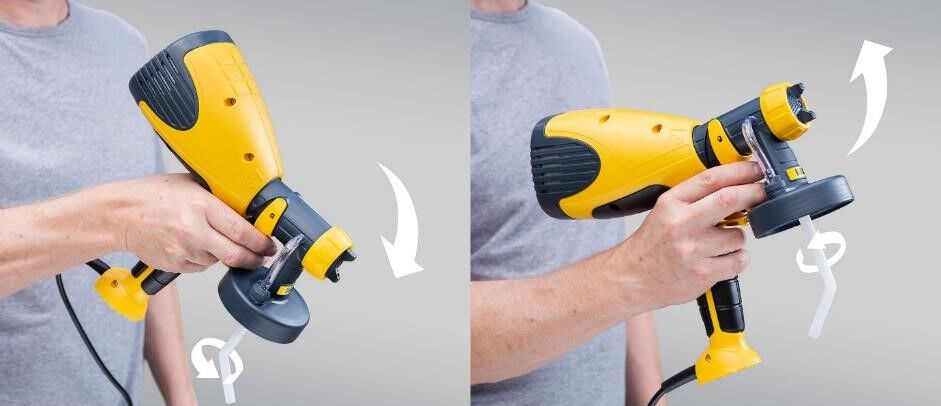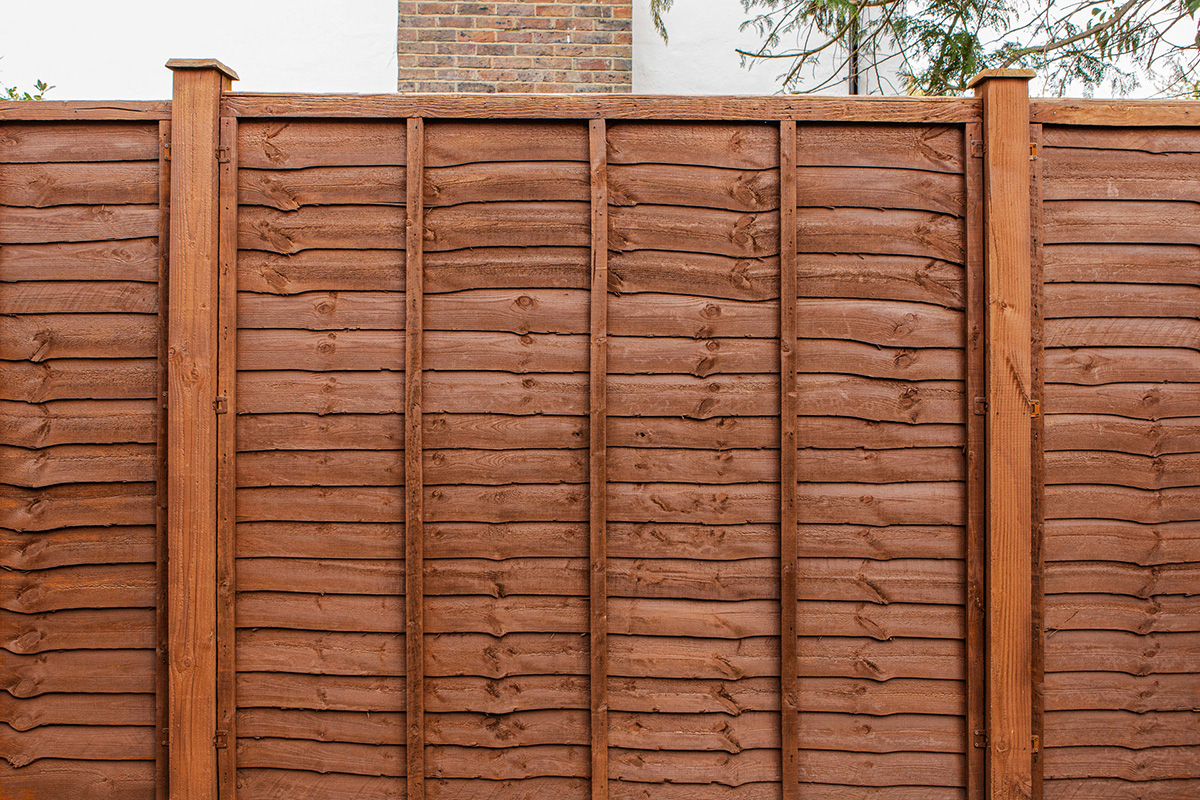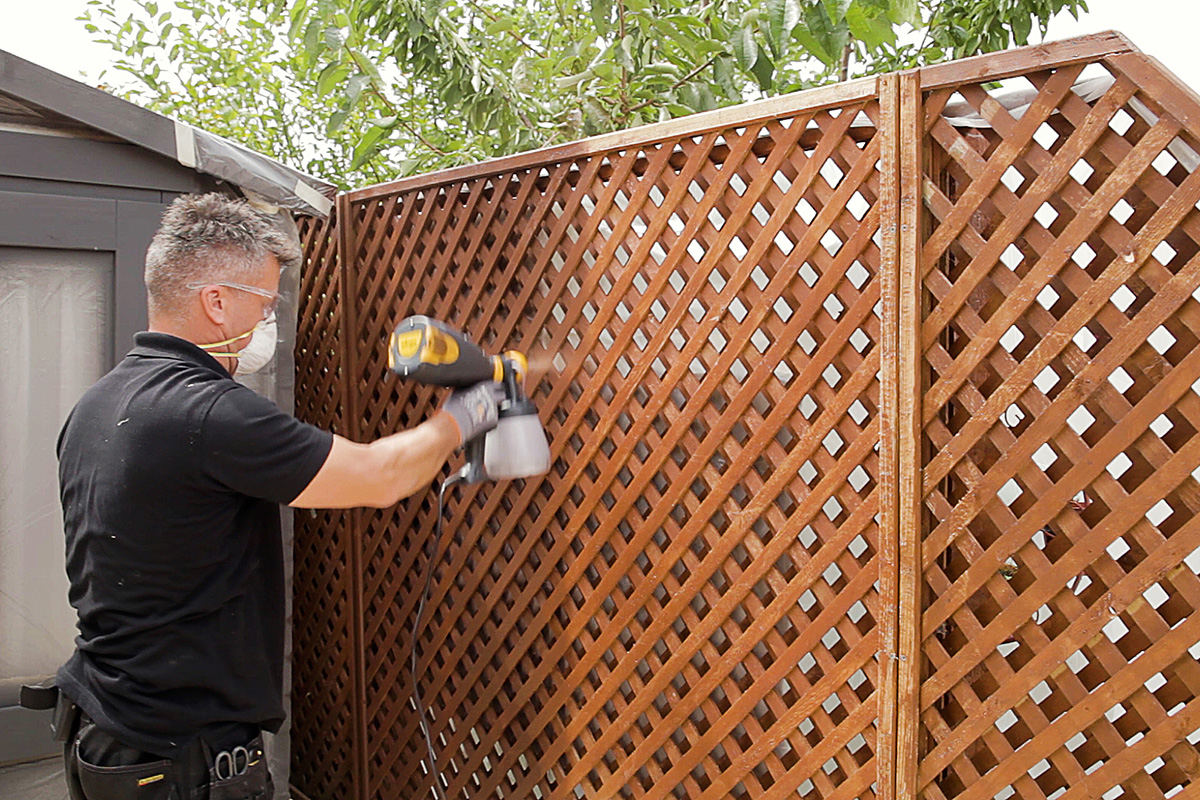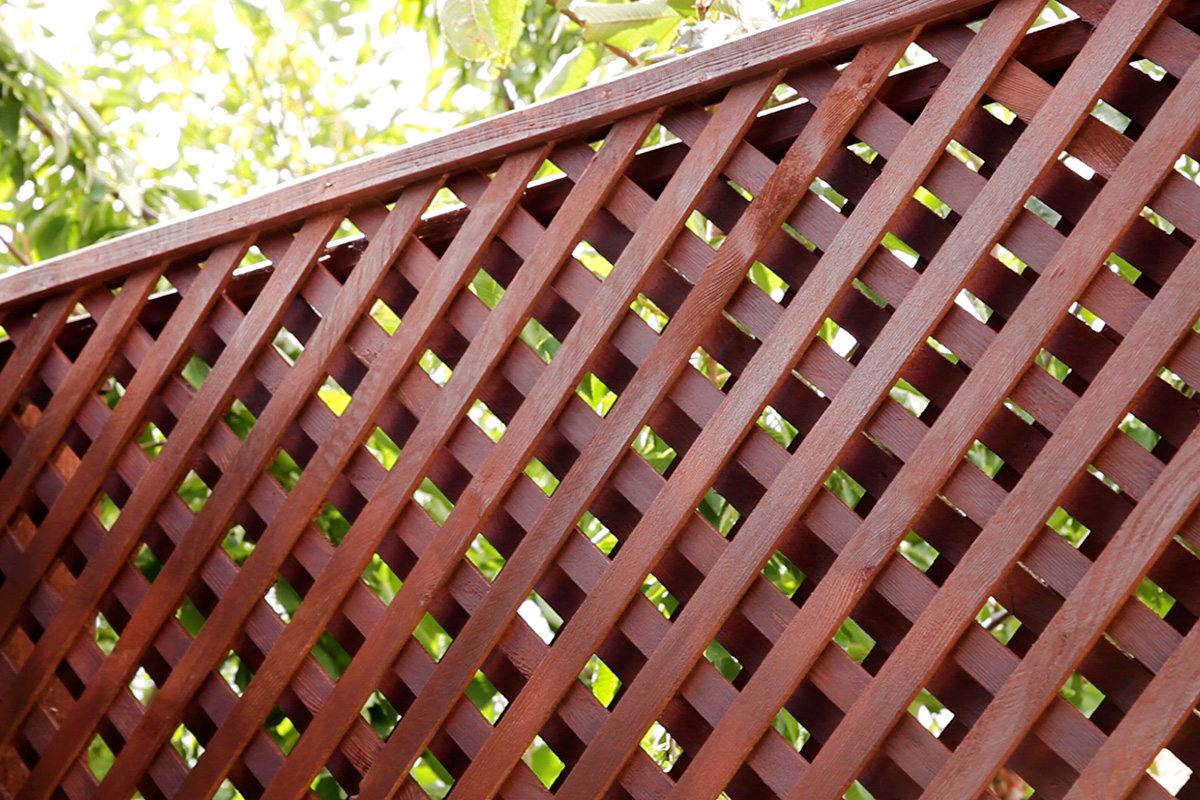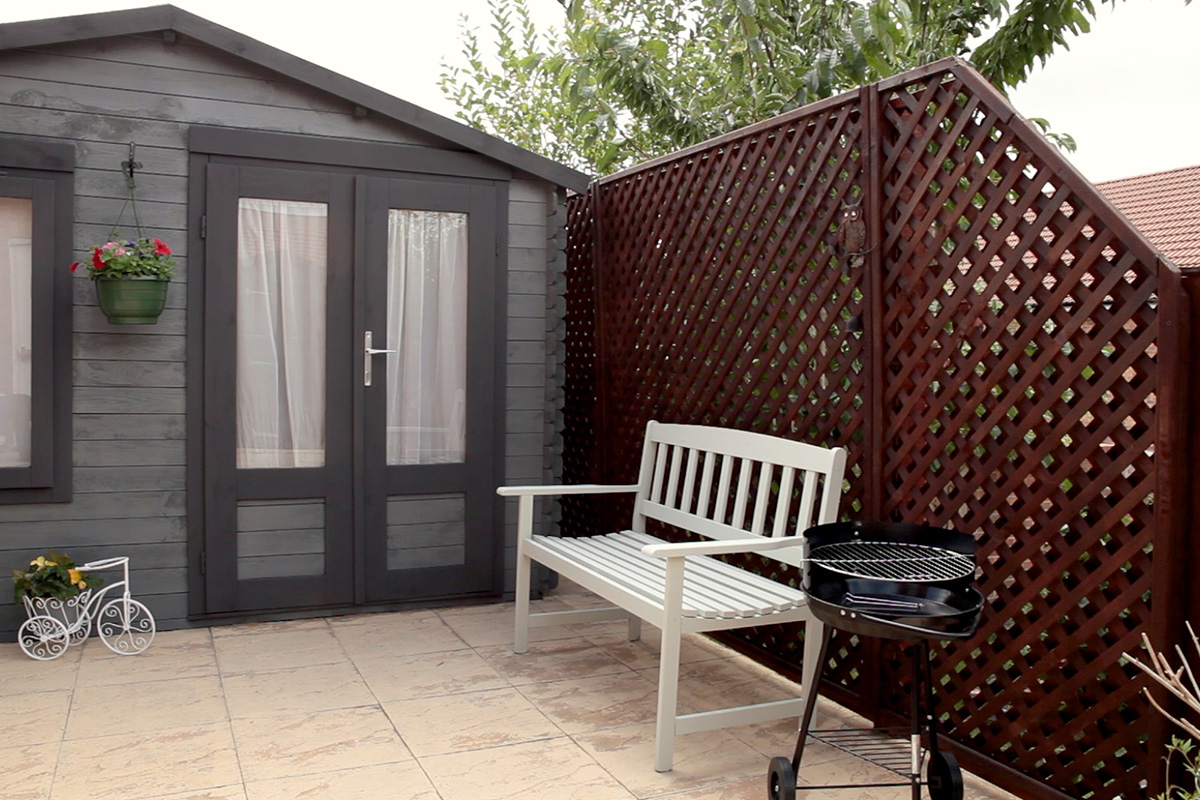Do-it-yourself: Painting Wooden Fences
Wooden fencing enhances your garden and provides privacy but in order for it to keep looking good it needs regular maintenance. This includes applying wood preservative, stain or paint to protect the wood and enhance its appearance. Painting a wooden fence with a brush is a very slow and tedious process and it is difficult to cover all the surfaces. Using an electric paint sprayer speeds up the process and ensures the entire surface is covered. Renovating a fence can even become a fun. We will show you all the necessary steps to give your fence a new coat of paint - whether with wood preservative, stain or paint.


